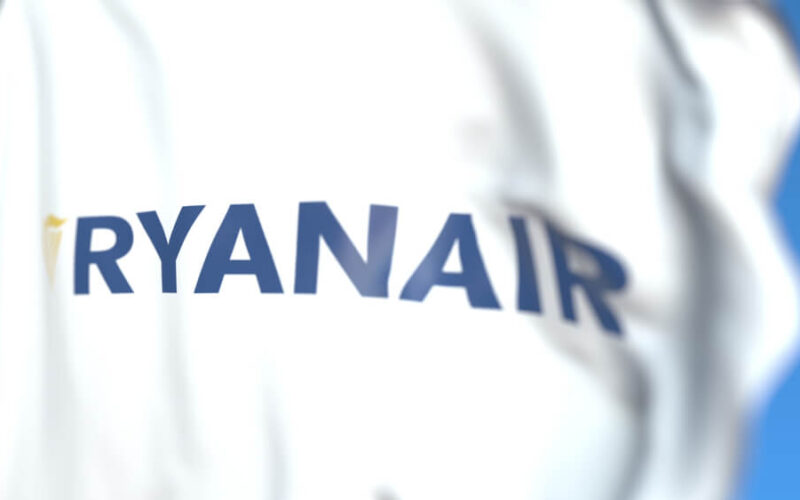While the O’Leary name carries its fair share of controversy due to some very questionable statements, the name also steered Ryanair from an airline, which carried a measly 5,000 passengers in 1986, to the number one airline group in Europe. Michael O’Leary, who joined Ryanair in 1988 as deputy-CEO, led the restructuring of the company to copy the low-fares model from one of the biggest airlines in the world, Southwest Airlines (LUV) to become the first low-cost carrier in Europe, according to the company’s history page.
Statements, like telling Boeing to “to get their s**t together” with the 737 MAX or that Muslim men should be profiled because “that is where the threat is coming from,” have become a regular occurrence associated with O’Leary. Even the airline itself is not afraid to walk a tightrope with its aggressive advertising campaigns, including the fact that Ryanair’s history pages pridefully highlights that the low-cost carrier started “the first fare war in Europe” in 1987 on the Dublin-London routes.
As 2019 closed and airlines began publishing their financial and in turn, traffic results, it became apparent that the Ryanair Group was the biggest airline group in Europe. The Ireland-based low-cost carrier group, which also includes Laudamotion, Malta Air and Buzz carried a total of 153 million passengers. Its close and now-bitter rival, Lufthansa Group carried 145 million travelers. In 2018, the German airline group saw 142 million people board its aircraft, while Ryanair lagged behind with 130 million passengers.
And the two were at each other’s throats throughout the year, especially the German side: from Carsten Spohr, the CEO of Lufthansa Group, declaring that $11 (€10) fares are “economically, ecologically and politically irresponsible”, to Austrian Airlines’ CEO stating that “Mr. O’Leary is wrong if he thinks, that he can overtake us here in Vienna” in November 2019.
Nevertheless, the growth of the company is fascinating to watch. Especially the growth of the low-cost carrier’s fleet throughout the years:

